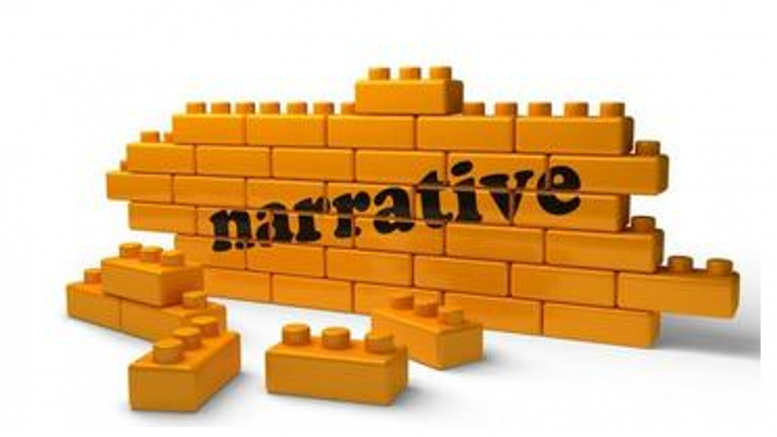Last week I was (virtually) in a conversation with more than a dozen bright PR students. It was a mix of those who have embarked on their journey with those who have had internship experience with PR firms. The topic of discussion was corporate social responsibility (CSR) and building the right narrative around it.
We began with a round of introductions along with an appreciative aspect of one own self. I was pleasantly surprised to note how eloquent the students were and how aware they were of their good qualities. Guess, their training as PR professionals played a big role here!
Usually, people get stuck in trying to recollect something good about themselves. It is far easier to recollect failures and negative instances.
It is just the way our brain is wired. When we experience a negative situation, our brain works overtime, and we may get defensive due to a heightened sense of threat. It is also easier to recall the bad times better than the good because our emotions influence how we process memories. As communicators, we find our memory cells activated easily for disaster and the PR around it than for the good ones. Little wonder then that crisis management and processes is a critical skill of a communicator.
The same is true of our stakeholders who often remember the incidents that do not reflect well on the reputation of our organisation.
How do we then keep this science in front of us and tell our stories? Stories that are carved out of the great things that the organisation is doing? Building a narrative that showcases the end result and how the needle has actually moved?
Creating the stickiness factor
If you are associated with a PR firm or are a corporate communicator, one of the key roles you play is in shaping the right narrative for your clients/organisation. Almost every communications professional knows the ‘messaging house/board’ and the steps related to developing it. Question is – what next? How do you then sell this story to the external world? What will it take for your stakeholders to notice it?
The cue is in the emotional feelings that lead to memories being created.
When the narrative has a strong emotional bond, it stays in the memory. This is the secret sauce of creating the right kind of stories.
But business stories are often numbers, dull, boring and devoid of any human emotion. How does one then bring in the stickiness factor?
This is where the PR consultancy and communicators can bank upon the CSR work done by the organisation. Weaving in the good stories within a business story has the potential to change the overall narrative.
There are three important things that one can pay attention to here:
- A well-defined and well thought of CSR strategy wherein the CSR work done is authentic and real and not mere ‘green washing.’ There has to be a robust strategy that has clear cut objectives and outcomes defined.
- The next aspect is the collection of data and documentation. This paves the path to further developing a strong impact measurement study. One can begin with collecting base line data and the move up with building in other parameters as the project gathers momentum. A base line data helps to see to draw the ‘before’ and ‘after’ picture.
- Collecting evidence in form of testimonies, videos, photographs – this will bring out the emotional angle. When beneficiaries share the impact of the project done in their communities or highlight instances when their lives have changed, the authenticity of that story has the potential of creating a great narrative.
Once this is put in place, the CSR story can be weaved into any business story/messaging to create a feel-good story.
The views and opinions published here belong to the author and do not necessarily reflect the views and opinions of the publisher.



Be the first to comment on "Developing the feel-good narrative"